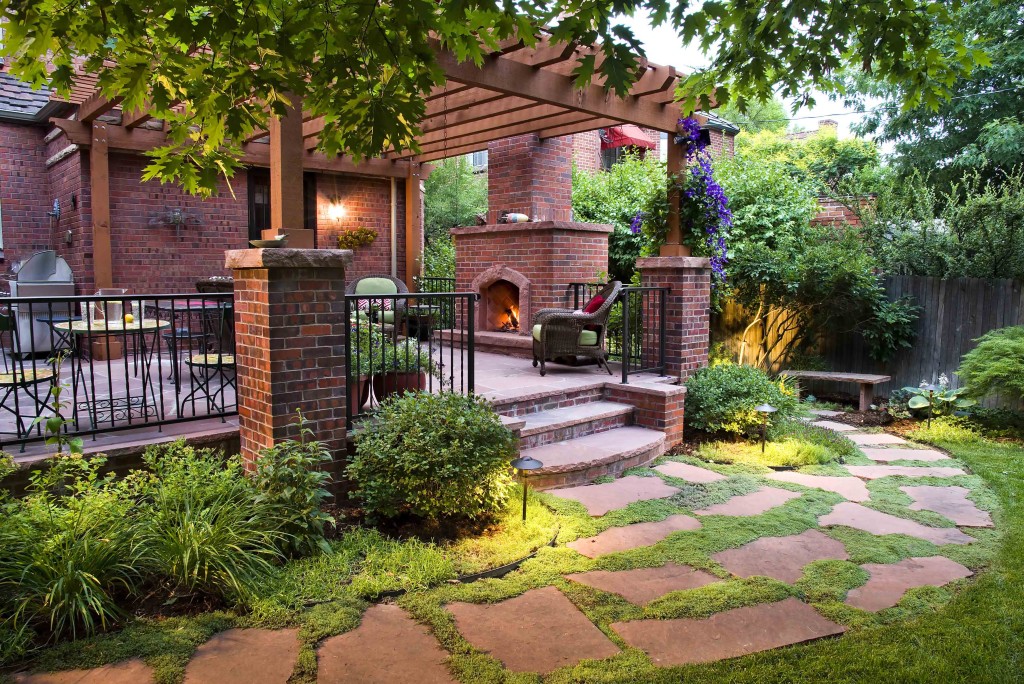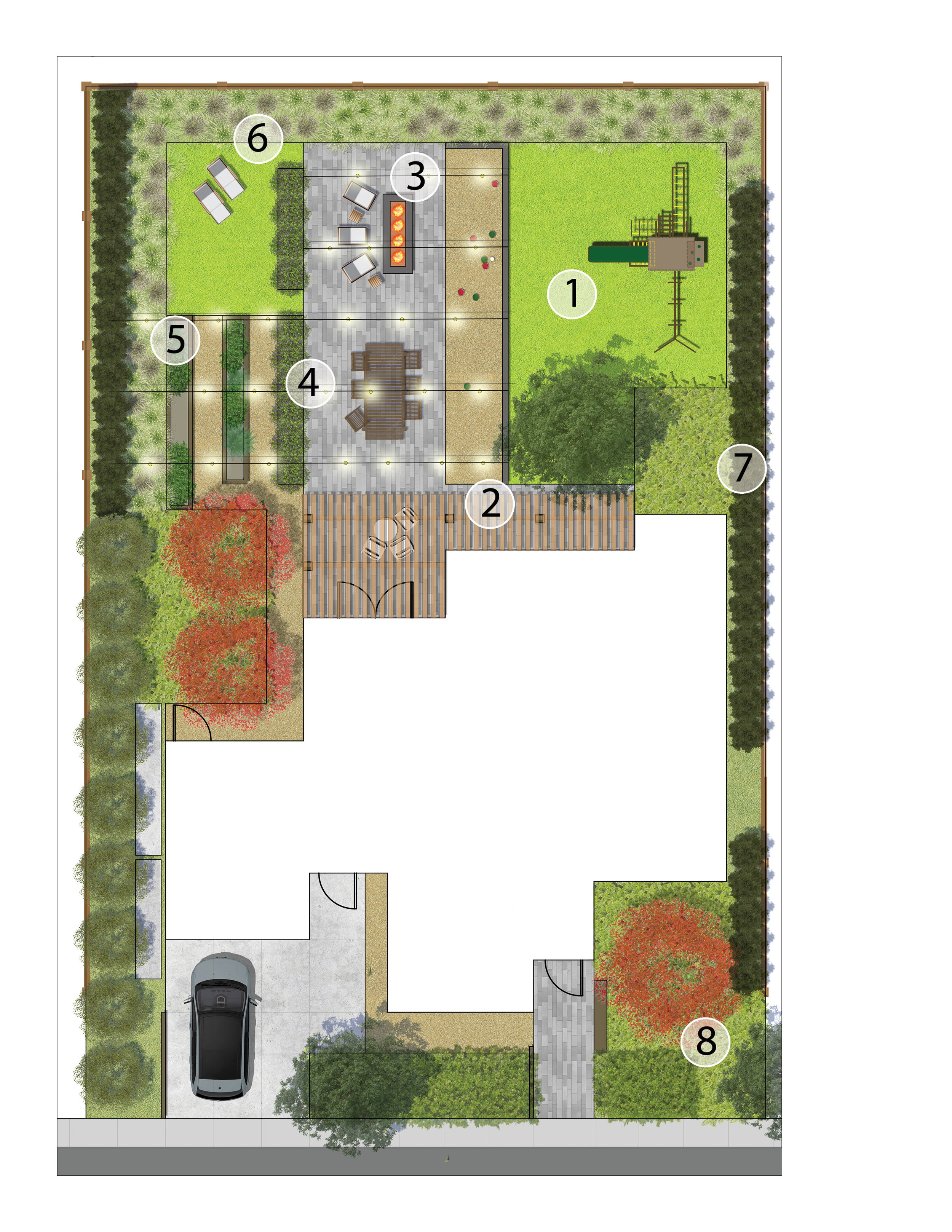How Hilton Head Landscapes can Save You Time, Stress, and Money.
How Hilton Head Landscapes can Save You Time, Stress, and Money.
Blog Article
What Does Hilton Head Landscapes Do?
Table of Contents7 Easy Facts About Hilton Head Landscapes ExplainedA Biased View of Hilton Head LandscapesHilton Head Landscapes for BeginnersThe Single Strategy To Use For Hilton Head LandscapesExamine This Report on Hilton Head LandscapesThe Main Principles Of Hilton Head Landscapes All about Hilton Head Landscapes
Line develops all types and patterns and can be utilized in a range of ways in the landscape. Line in the landscape is produced by the edge in between 2 materials, the summary or shape of a type, or a long straight attribute. Lines are a powerful tool for the developer due to the fact that they can be used to create a limitless range of shapes and types, and they regulate motion of the eye and the body.

Lines can have one or even more qualities, such as those explained below, however they typically offer different functions. Figure 1. Lines in the landscape - Landscaping bluffton sc. The residential or commercial properties of lines determine how individuals react to the landscape, both mentally and physically. Straight lines are structural and powerful; they develop an official character, are generally associated with a symmetrical style, and lead the eye straight to a prime focus.
Unknown Facts About Hilton Head Landscapes
Rounded lines produce an informal, all-natural, loosened up personality that is linked extra with nature and unbalanced equilibrium. Curved lines relocate the eye at a slower pace and add mystery to the room by developing surprise views.
Vertical lines in the landscape include high, narrow plant material, such as trees, or high structures, such as an arbor or a bird house on a pole. Horizontal lines move the eye along the ground aircraft and can make a space really feel bigger. Low lines are much more restrained and create a feeling of rest or repose.
Things about Hilton Head Landscapes
Reduced lines are developed by low yard wall surfaces, pathways, and short hedges. Lines are utilized to attract kinds on a plan. In plan view, they define plant beds and hardscape areas. Lines are also developed by the vertical kinds of built attributes and plant material. There are 3 key line kinds that produce type in the landscape: bedlines, hardscape lines, and plant lines.
Bedlines attach plant material to your house and hardscape because the eye complies with the line, moving the stare via the landscape. Hardscape lines are developed by the side of the hardscape, which marks the built structure. Line can additionally be developed by lengthy and narrow materials, such as a fencing or wall.
The Ultimate Guide To Hilton Head Landscapes
Type is discovered in both hardscape and plants, and it is usually the dominant aesthetic element that spatially arranges the landscape and often determines the style of the garden. The type of frameworks, plant beds, and garden accessories also establishes the general type theme of the yard. Official, geometric kinds consist of circles, squares, and polygons.
Plants produce form in the garden with their outlines or silhouettes, but kind can likewise be defined by a void or unfavorable space in between plants - landscape design hilton head (https://www.storeboard.com/hiltonheadlandscapes). Circles can be cycles, or they can be divided right into fifty percent circles or circle sectors and combined with lines to create arcs and tangents
The Hilton Head Landscapes PDFs
Circles are a strong layout form since the eye is always drawn to the center, which can be used to emphasize a focal factor or connect various other types. Round kinds in hardscape and grass panels.
The square kind can additionally be segmented and used repetitively to create a grid pattern. Unlike circles, squares are more powerful on the brink, which can be aligned or overlapped to create distinct patterns and more complicated kinds. Polygons are many-sided types with straight edges. Triangles, for instance, are three-sided polygons.
Twisting lines commonly imitate the all-natural program of rivers or streams and can be called smooth lines with deeply rounded wavinesses. Twisting lines (Number 3) work well for pathways, plant bedlines, and completely dry stream beds. Meandering lines can add rate of interest and mystery to a garden by leading visitors around edges to uncover new sights and areas.
7 Simple Techniques For Hilton Head Landscapes

Number 5. Fragmented edges: tipping stones in pathway. Kind is the most long-lasting top quality of a plant (Landscapers near me). https://sitereport.netcraft.com/?url=https://www.hiltonheadlandscapes.com. Typical plant types are well established and standardized, as form is one of the most regular and recognizable quality of plants. Form can additionally be developed via the massing of plants, where the overall mass develops a different kind than an individual plant.
A very different type should be used with careone or 2 job well as a prime focus, yet a lot of develop turmoil. Natural plant types, instead of over-trimmed kinds, ought to establish the bulk of the composition. The importance of total type is basically depending on the seeing perspectivethe kind of a tree can show up quite different to a person standing under the canopy versus checking out the tree from a distance in an open area.
The Single Strategy To Use For Hilton Head Landscapes
Plant forms likewise develop and define the void or open rooms in between the plants, producing either convex or concave types in the gaps. High-arching tree branches usually produce a concave open space under the branches, and a round canopy with reduced branches check out this site loads the room to develop a convex kind outdoors area under the tree.

Report this page